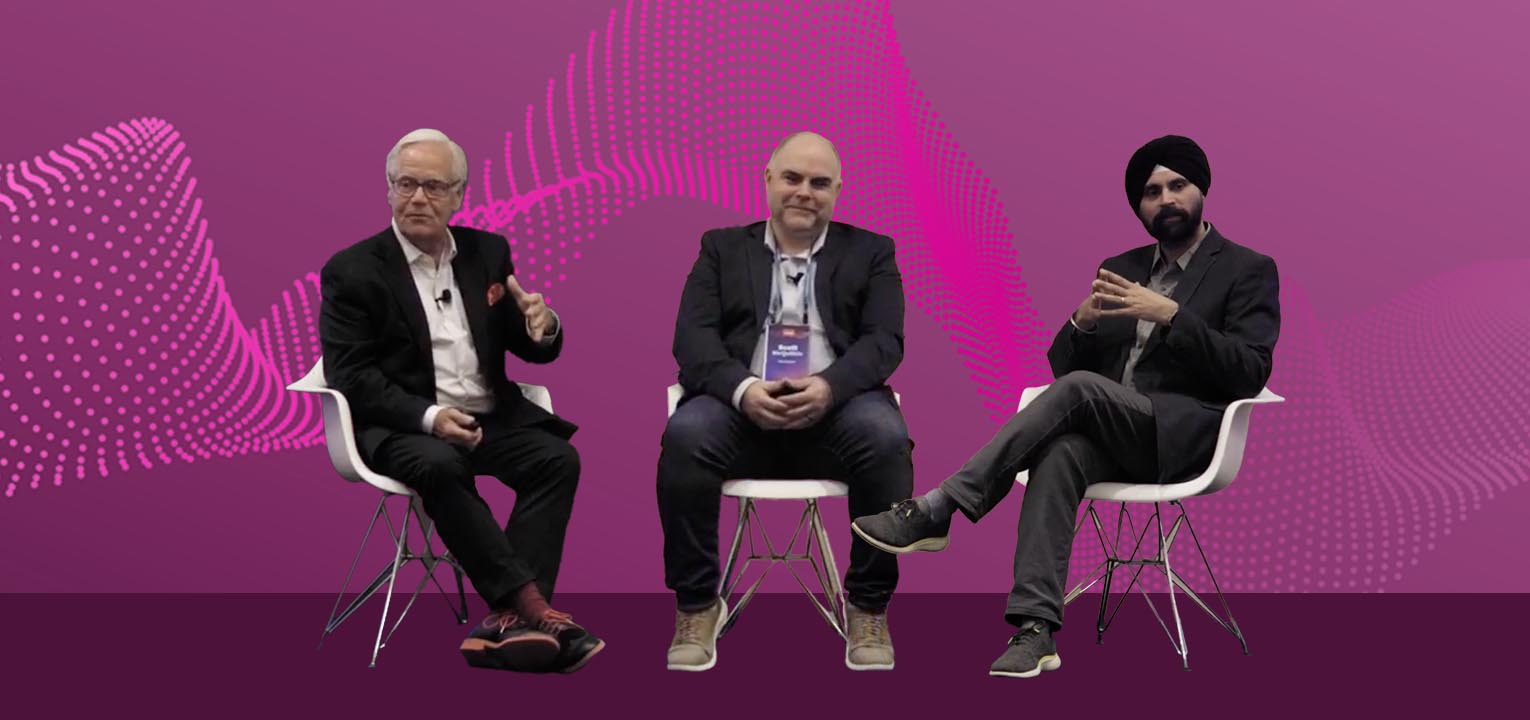March 8, 2022
Why Financial-Data-driven Personalisation is the Future of Wealth Management

By Jody Bhagat, President of Americas and Nicole Meyers, Vice President of Strategic Accounts at Personetics.
Finance is in the midst of a digital revolution.
A decade ago, a personalised approach in wealth management meant a phone call from your investment advisor with new investment opportunities, and a discussion of why it may be a good fit. Now, consumers flick between savings apps that automatically round up your change or robo-advisors that manage your investments without your having to brush up on market trends.
Companies like Netflix and Amazon have normalised personalised recommendations on content or products based on what we buy or view. Investors are no different in how they see their finances.
What’s being called ‘autonomous finance’ technology is democratising access to kind of advice that would previously be available to only the most affluent or profitable of clients.
Forrester defines autonomous finance as “algorithm-driven services that make financial decisions and take action on a customer’s behalf.” In plain English, this means analysing customers’ transaction data to provide personalised insights and advice in real time, as well as automating tasks to help customers reach their goals faster with less manual input. This means moving the financial-stress burden from the client to financial institution, and so improving their financial wellness.
![]()
Jody Bhagat
Financial institutions can now provide incredibly tailored insights to large, medium and small investors, as well as their advisors, at an enormous scale.
This also opens up personalised wealth advice to a much wider audience of customers. For example, helping mass market customers manage debt and build savings, giving mass-affluent banking customers help with saving for a goal or maximising retirement contributions and, for affluent customers, sharing automated insights with wealth advisors and minimising cash in low-interest accounts.
Sure, it’s taking time for the industry to embrace new technology, but there’s no denying the way the wind is blowing.
What does this really mean for your business?
The journey to achieving the full potential of autonomous finance involves four stages:
- Data enrichment
- Personalised insights and advice.
- Unified advice across channels.
- Fully autonomous finance.
Data enrichment
First, you need to aggregate, clean and enrich your transaction data to allow customers to understand what is happening with their money. On a basic level, this means categorising their inflow or out flow transactions to let them know what they’re spending on, or what happened with their investment portfolio.
This gets really interesting when you’re able to build a complete, holistic financial activity map of the customer. Seeing whether someone is a gig worker with irregular income, or has a mortgage, or whether a regular payment always comes out when their balance is low.
Personalising insights and advice
This means not just giving information about a person’s finances, but also advice on what financial action they should consider taking.
This involves taking the cleansed data and running a series of AI or ML models to deeply understand patterns and predict future trends that are important for the customer and their finances. For example, this could be that their portfolio has moved out of their preferred risk tolerance band.
Unifying this advice across channels
This growth in data-driven customer insights won’t diminish the trusted role that financial advisors and relationship managers play, but in fact supercharge it.
These data-driven insights will also provide helpful information for relationship managers so they can provide more tailored and informed advice to customers. For example, if they know that a customer has excess liquidity in their checking account after all expenses have been paid, the relationship manager can intelligently recommend where those funds could be invested.
Autonomous finance nirvana
Across the pond, U.S. Bank is already using an automated solution to help customers invest, by identifying how much spare cash they have at the end of the month and directing them to an investment account.
More recently they launched a service called ‘Pay Yourself First’ which lets the customer set a target amount to transfer, but then performs analysis when their pay check comes in to inform them if their circumstances have changed and if they should reconsider this month’s transfer.
While autonomous finance in the wealth management industry is still in its infancy, we’re already seeing 25 to 40% of end customers engaging with data-driven insights on a monthly basis and our data suggests financial institutions are subsequently seeing 5 to 7% growth in new accounts.
Implemented successfully, data-driven personalisation creates a virtuous customer flywheel where increased customer engagement and satisfaction leads to deeper relationships and a stronger customer franchise. The opportunity for the wealth management industry is huge – the challenge now is putting this into practice.
Originally published on Finance Derivative, on March 1, 2022: https://www.financederivative.com/why-financial-data-driven-personalisation-is-the-future-of-wealth-management/
Want To See How Cognitive Banking and AI Can Transform Customer Engagement?
Request a Demo Now
Latest Posts

Truist's Performance Marketing Journey: From Merger Challenges to Million-Dollar Results

How Asia Pacific Banks Are Redefining AI-Driven Engagement

How iBank and Personetics are Transforming Personal Finance in Japan

Beyond Transactions: How Synovus is Creating Deeper Digital Engagement at Scale

4.5 Stars and 20% CTR: How BGL BNP Paribas’s Genius is Reinventing Digital Banking

The AI Implementation Reality Check









